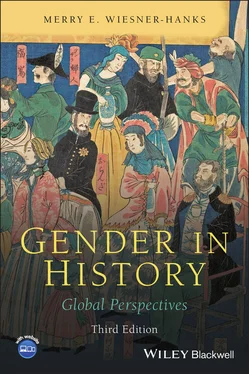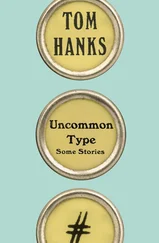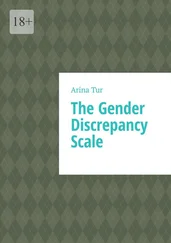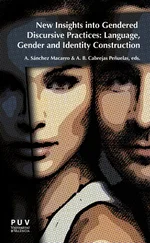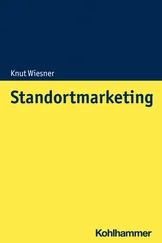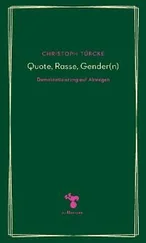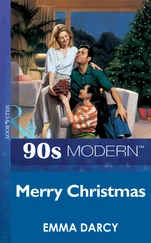1 ...6 7 8 10 11 12 ...20 Chapter 4examines the growth of cities and larger-scale political structures in the period from roughly 3000 BCE to roughly 500 BCE. It explores the more complex gender hierarchies that developed in cities and states and the ways writing facilitated this process; looks at work and family life; analyzes the religious traditions of the ancient Near East, including Judaism; and considers the growth of hereditary dynasties, which transmitted power through lineages of elites. Chapter 5focuses on the classical cultures of Eurasia in the period from 500 BCE to 500 CE. It begins with the family and sexuality, examines the growth and spread of religious traditions, including Confucianism, Daoism, Hinduism, Buddhism, and Christianity, and the ways these shaped family life and social practices, and ends with a discussion of education and culture. Chapter 6investigates the thousand years between 500 CE and 1500 CE. It examines patterns in family life and religious traditions that endured for a long time in Africa, the Americas and the Pacific, the growth of large-scale states in the Americas, and the development of courtly societies across much of the world. It traces the origin and spread of Islam, developments in Europe and the Mediterranean, and the way growing cities created opportunities that were shaped by gender.
Chapter 7focuses on the early modern period, from 1500 to 1800. It examines economic transformations, especially the growth of capitalism; the Renaissance, Reformation, and spread of Christianity around the world; how colonialism shaped families and gendered ideas of race; and connections between gender and political life. Chapter 8explores the modern world, from 1800 to today. It begins with industrialization, tracing its spread around the world and the way it facilitated imperial conquests, which simultaneously challenged and reinforced existing gender hierarchies and social patterns. It then looks at movements for social change, and the development of what has been called “modern” sexuality. Moving into the twentieth century, it examines wars, revolutions, and political change, further developments in the industrial and postindustrial economy, changes in family life and structures, and cultural shifts. The still-short twenty-first century is part of all of these, and the book ends where we are now, in the midst of a global pandemic, with implications for issues related to gender that have already been recognized but whose scope is still unknown. The instructor’s companion site to this book has links to original sources, both textual and visual, along with extended suggestions for further reading. It can be accessed here: www.wiley.com/go/wiesner-hanks/genderinhistory3e
I certainly could not cover every topic everywhere, so I have chosen to highlight specific developments and issues within certain cultures that have proven to be especially significant. World historians emphasize that variations in both chronological and geographic scale are important tools of understanding, and I have used this insight here. The book is based on my own research and that of many people who examine what the (incomplete) written and material record reveals about the past. Much of that record is the story of women’s subordination, which may make you, as the reader, feel angry, depressed, or defensive. If you do, please remember that this is not a book about what might have been, what should be, or what could happen in the future; that I leave to philosophers, ethicists, theologians, and you.
Major collections of articles on the history of women and gender around the world include Teresa A. Meade and Merry E. Wiesner-Hanks, eds., A Companion to Global Gender History (2nd edn., Malden, MA: Blackwell, 2021) and Bonnie G. Smith, ed., Women’s History in Global Perspective (3 vols., Urbana, IL: University of Illinois Press, 2004). On the history of sexuality, see Mathew Kuefler, ed., The History of Sexuality Sourcebook (Toronto: University of Toronto Press, 2007).
Joan Scott’s widely reprinted article, “Gender: A Useful Category of Historical Analysis,” American Historical Review , 91:5 (1986), 1053–75, remains essential reading, as evidenced by the recent AHR Forum: “Revisiting ‘Gender: A Useful Category of Historical Analysis,’” American Historical Review , 113:5 (2008), 1344–430, which has articles by six historians about gender history around the world and a response by Scott. An important study of the relationship between gender hierarchies and other systems of power is Raewyn W. Connell, Gender and Power: Society, the Person and Sexual Politics (Cambridge, UK: Polity, 1987).
Much thinking about gender is undertaken by feminist scholars in many disciplines. An excellent overview of feminist thought is Rosemarie Tong and Tina Fernandes Botts, Feminist Thought: A More Comprehensive Introduction (5th edn., New York: Routledge, 2018). Collections with essays from a wide range of authors include Carole McCann and Sueng-Kyung Kim, eds., Feminist Theory Reader: Local and Global Perspectives (4th edn., New York: Routledge, 2016) and Susan Bordo, ed., Provocations: A Transnational Reader in the History of Feminist Thought (Berkeley, CA: University of California Press, 2015).
On the development of world and global history, see Ross E. Dunn, Laura J. Mitchell, and Kerry Ward, eds., The New World History: A Field Guide for Teachers and Researchers (Berkeley, CA: University of California Press, 2016) and R. Charles Weller, 21st Century Narratives of World History: Global and Multidisciplinary Perspectives (London: Palgrave-Macmillan, 2018). My information on the Maasai comes from Dorothy L. Hodgson, The Church of Women: Gendered Encounters between Maasai and Missionaries (Bloomington, IN: Indiana University Press, 2005).
For thinking about the complex relationships between gender, sex, and sexuality, Judith Butler’s works, especially Gender Trouble: Feminism and the Subversion of Identity (2nd edn., New York: Routledge, 2000), are central, though they can be challenging to read. Anne Fausto-Sterling’s Sexing the Body: Gender Politics and the Construction of Sexuality (revised edn., New York: Basic Books, 2020) is equally significant.
For thorough discussions that include the latest biological research on sex differences, see Natalie Angier, Woman: An Intimate Geography (updated edn., New York: Anchor, 2014) and David C. Geary, Male, Female: The Evolution of Human Sex Differences (3rd edn., New York: American Psychological Association, 2020). Gilbert Herdt, ed., Third Sex, Third Gender: Beyond Sexual Dimorphism in Culture and History (New York: Zone Books, 1994) and Sabrina Petra Ramet, ed., Gender Reversals and Gender Cultures: Anthropological and Historical Perspectives (London: Routledge, 1996) contain essays about gender crossing, blending, inverting, and transcending, past and present. For trans issues, see Susan Stryker and Stephen Whittle, eds., The Transgender Studies Reader (London: Routledge, 2006).
Doubts about the value of “women” as an analytical category were conveyed most forcefully in Denise Riley, “Am I That Name?” Feminism and the Category of “Women” in History (Minneapolis, MN: University of Minnesota Press, 1988), though they have primarily been associated with the work of Joan Scott, such as Gender and the Politics of History (New York: Columbia University Press, 1988).
On intersectionality, Frances Beal’s “Double Jeopardy: To Be Both Black and Female” was originally published as a pamphlet in 1969, and was then included in Robin Morgan’s Sisterhood is Powerful: An Anthology of Writings from the Women’s Liberation Movement (New York: Random House, 1970). The Combahee River Collective Statement is in Barbara Smith, ed., Home Girls: A Black Feminist Anthology (Piscataway, NJ: Rutgers University Press, 1983). Kimberlé Crenshaw’s original article is “De-marginalizing the Intersection of Race and Sex: A Black Feminist Critique of Antidiscrimination Doctrine, Feminist Theory and Antiracist Politics,” University of Chicago Legal Forum (1989), 139–66. Recent surveys of intersectional scholarship, including transnational, include: “Intersectionality: Theorizing Power, Empowering Theory,” special issue of Signs , 38:4 (2013), 785–1055 and Patricia Hill Collins and Sirma Bilge, Intersectionality (London: Polity, 2016). On gender in Africa, see Oyèrónké Oyewùmi, The Invention of Women: Making an African Sense of Western Gender Discourses (Minneapolis, MN: University of Minnesota Press, 1997).
Читать дальше
